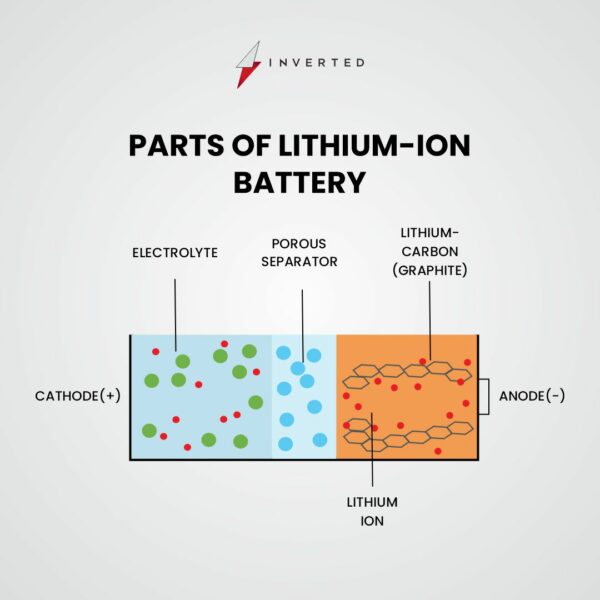Lithium-ion (Li-ion) batteries have revolutionized technology especially amongst consumer electronics, electric vehicles, and energy storage. However, in order to power the next generation of devices, these batteries need to grow denser. One solution is to replace the graphite anodes in the batteries with silicon ones. This silicon alternative has the capability to store 10x more lithium ions and occupies less space in comparison to graphite, paving the way for more efficient, longer-lasting batteries.

What’s Happening & Why This Matters
A Dutch startup, LeydenJar, recognizes these advantages and has secured significant funding totaling €100mn. Recently, the company divulged its plans for its first Eindhoven factory is scheduled to commence operations in 2026. The site anticipates producing 70 MWh of anodes which is sufficient to power 4 million smartphone batteries. Additional applications include high-density batteries for drones, wearables, and laptops.
Leveraging the “synergy” between universities, research institutions, and industrial businesses, Eindhoven serves as the nexus to scale production of silicon anodes.

Backed by investor confidence and ongoing discussions with significant technology companies, LeydenJar envisions its first factory, PlantOne, to initially focus on the consumer electronics market, with future plans to expand into electric vehicles. The company affirms that batteries equipped with its cutting-edge anodes can charge a phone to 80% in under seven minutes and can potentially shrink the size of laptop batteries by 40%. Furthermore, LeydenJar has devised an innovative process to produce the anodes, reducing carbon emissions by 85% and contributing to a potentially cheaper, more environmentally-friendly production process at a giga-scale.
What’s Next
In light of the growing emphasis on regional manufacturing, the tech giant seeks to support Europe’s green transition through the production of critical technologies within the continent. LeydenJar is optimistic that the launch of its first factory will represent a significant step in advancing “European battery and material development.”
LeydenJar’s innovative silicone anodes have the potential to revolutionize battery technology, enhance the efficiency and performance of batteries of various devices, and promote local manufacturing to cater to the growing demand for advanced technologies.


